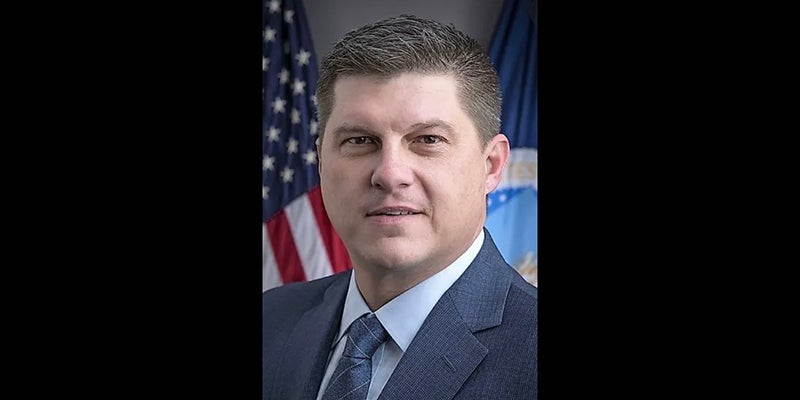Economic forecast signals caution in Minnesota
Published 5:47 am Tuesday, March 5, 2019
Star Tribune
Distributed by Tribune Content Agency, LLC.
A new economic forecast shows Minnesota’s revenue is declining, and the economic outlook for both the state and nation is weakening. A projected state surplus of $1.5 billion has shrunk by a third in less than three months.
Trade disputes, retaliatory tariffs and a major overhaul in federal tax policy are all contributing factors. So is an aging population, both here and across the country. Minnesota’s increasingly tight labor market is beginning to constrain business growth. Despite the lowest unemployment rate in 18 years, there is little evidence of more than nominal wage growth. The robust growth Washington promised would result from federal tax cuts appears to have been short-lived and is already waning.
The question now before Minnesotans and their political leaders is how best to prepare in the face of such disquieting trends.
Gov. Tim Walz left no doubt this week as to the course he will pursue: full steam ahead on a proposed $49.5 billion, two-year budget that includes spending he said would improve schools and roads, foster economic prosperity and make Minnesota a magnet for the workers it so badly needs. His reasoning: If Minnesota is to continue attracting more residents than it loses — reversing an earlier 15-year trend — it will need to invest in “the very things that grow our economy, getting ahead of it.” He includes in that strategy a bonding proposal of $1.3 billion. Infrastructure improvements, he said, “are one of the best firewalls against a downturn.”
Republicans oppose additional spending, saying now is the time for the state to pull the belt tighter and limit spending in the face of potential economic turbulence. There is little evidence that government can cut its way to prosperity, but they’ve made valuable points about the limits of Minnesotans’ pocket books and the need to remain competitive.
The Star Tribune Editorial Board believes the Walz budget proposal is overly ambitious and that the forecast should be a big, blinking “Caution” sign for both sides. The Great Recession of 2008 showed that economic stimulus can help restart growth. But that strategy has its limits, and it’s arguable whether all the spending served that cause. Additionally, unlike the feds, states are not allowed to deficit-spend. The Walz menu of revenue-raisers includes a 20-cent-per-gallon gasoline tax hike. That’s a regressive tax that will pinch hardest among those who are car-dependent and must travel long distances. The trade-off, of course, is better, safer roads and bridges.
Nevertheless, weakening economic growth and slow-rising wages should signal to Walz that some restraint may be necessary in coming months, both in spending and bonding. To his credit, Walz has said that in light of the new forecast, his agencies will be looking for new ways to economize.
Republicans, too, must show caution. They are right to watch the bottom line, but it’s not enough to rail against all new spending. Their refusal to reconsider the sunsetting of a provider tax that underpins the state’s subsidized health care seems less than fiscally responsible because not extending it would blow a $1 billion hole in the budget in coming years. And while it’s easy to go overboard on bonding, their opposition to any bill this year seems ill-considered given indications that the window for low-interest rates may be closing. Minnesotans are unlikely to thank them for delaying repairs that, like the $600 million of prison repairs, will grow only worse over time.
There’s also little hard evidence so far to back up House Minority Leader Kurt Daudt’s claim that wealthy taxpayers are fleeing the state in large numbers. What’s known is that lost federal deductions are costing some Minnesotans plenty. That should get reconsideration in Washington.
Finally, let’s stop talking about even a $1 billion projected surplus. It’s a chimera, the result of a foolish accounting gimmick put into law years ago that has distorted this state’s budgeting ever since. Inflation is real and must be counted when projecting future expenses. The forecast shows that continuing the current level of services, with inflation factored in, would cost … wait for it … about $1 billion. Walz has said he wants to factor in inflation and restore transparent budgeting practices. We say the sooner the better.
This state remains in an enviable position, with a AAA credit rating, ample budget reserves and a still-growing — albeit more slowly — economy. Democrats and Republicans should prepare for any economic turbulence ahead by striking a balance of prudent new spending that keeps this state an attractive place to live and work, along with a keen eye for cutting wasteful spending.





